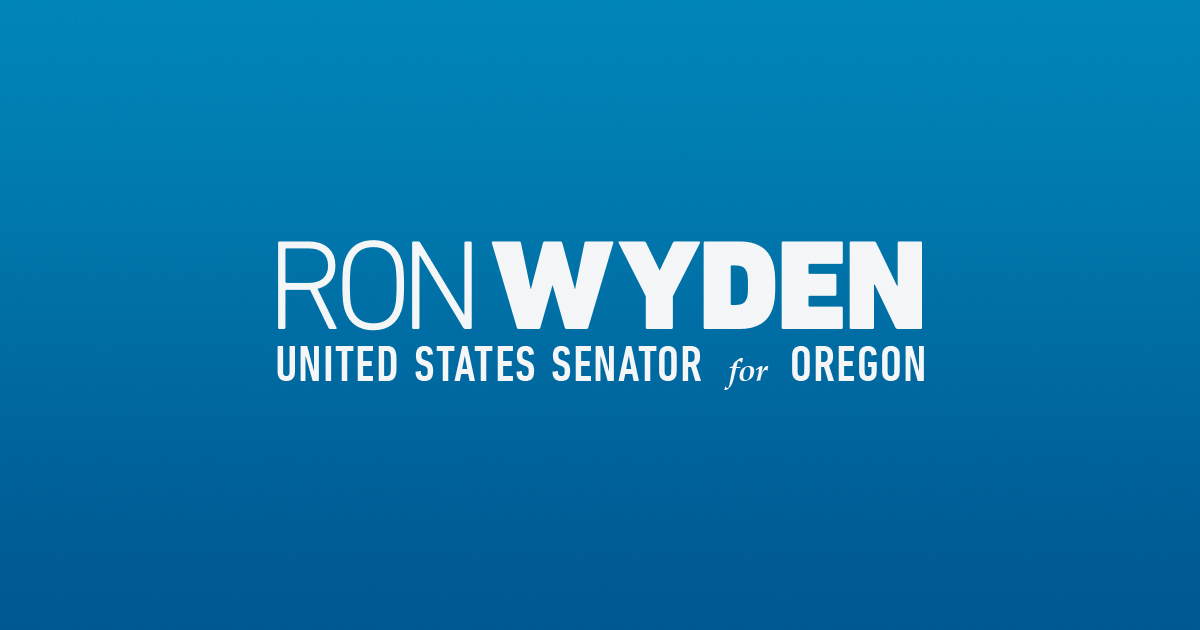Source: United States Senator Ron Wyden (D-Ore)
July 30, 2021
Senators’ Renters Tax Credit Act of 2021 would Establish New Tax Credit to Make Housing More Affordable for Low-Income Households
Washington, D.C. – U.S. Sens. Ron Wyden (D-OR) and Sherrod Brown (D-OH) have introduced legislation that would lower the cost of rent for families across the country.
Their Renters Tax Credit Act of 2021 would establish a new renters tax credit to make housing more affordable for low-income households. These households, which include many low-wage workers, seniors, and people with disabilities living on low, fixed incomes, are far more likely than other households to pay very high shares of their income for housing and face a much greater risk of eviction and homelessness.
“The COVID-19 pandemic has laid bare that tens of millions of Americans are one or two missed paychecks away from being unable to pay their rent. The problem is particularly acute in communities with more job opportunities, forcing workers to pay sky-high rent to hold down jobs,” said Wyden, chair of the Senate Finance Committee. “This leaves families without financial security, and holds our economy back. For too long, Congress has neglected working families who rent, and our legislation would begin to reverse this trend. Our bill would make housing more affordable by lowering rents for working families across the country.”
“Even before the pandemic, one in four renters in Ohio were paying over half of their incomes on housing, leaving many to choose between buying groceries or paying rent,” said Brown, chair of the Senate Banking, Housing, and Urban Affairs Committee. “The lack of affordable housing is holding back communities and families in all parts of the country. Our legislation will help lower people’s rents, increase the supply of affordable housing for working families, and begin to relieve the crippling financial stress too many Ohioans face each month.”
This legislation would:
Authorize states to allocate a capped amount of renters credits to owners or developers of rental housing for a credit period of up to 15 years
Owners of renters credit units would be required to rent them to families with incomes below the federal poverty line, or 30 percent of the local median income at the time they move in. If a household’s income later rises, the family would not be required to leave the unit.
Require tenants pay no more than 30 percent of their income for rent and utilities – much lower than the usual share of rent to income many low-income families are forced to pay to keep a roof over their heads
The building owner would receive a tax credit based on the gap between the tenant payment and the market rent, up to a cap reflecting typical rents in the local area. These credits would be refundable, allowing non-profits and other owners with limited income tax liability to claim the credits directly.
Enable landlords to use the credit in buildings that also have low-income housing tax credit (LIHTC) allocations — making it easier to reduce rents for some units to levels low-income families can afford — or separately in non-LIHTC buildings
States would be required to set aside some credits for buildings owned by qualified non-profits and for projects in rural areas. To encourage mixed-income housing, states could allocate credits to no more than 25 units or 40 percent of units in a project, unless the project previously had federal rental assistance for a larger number of units.
